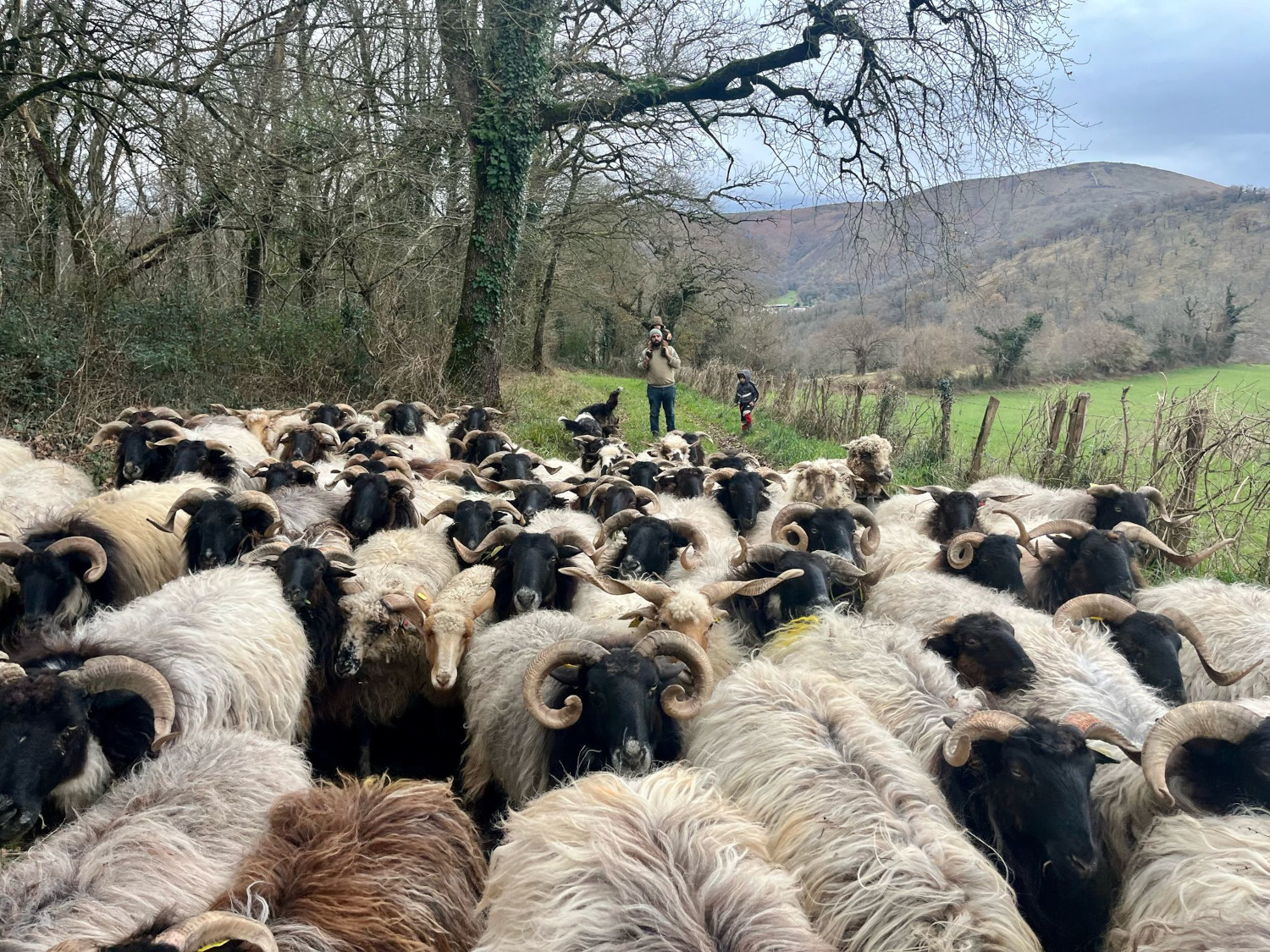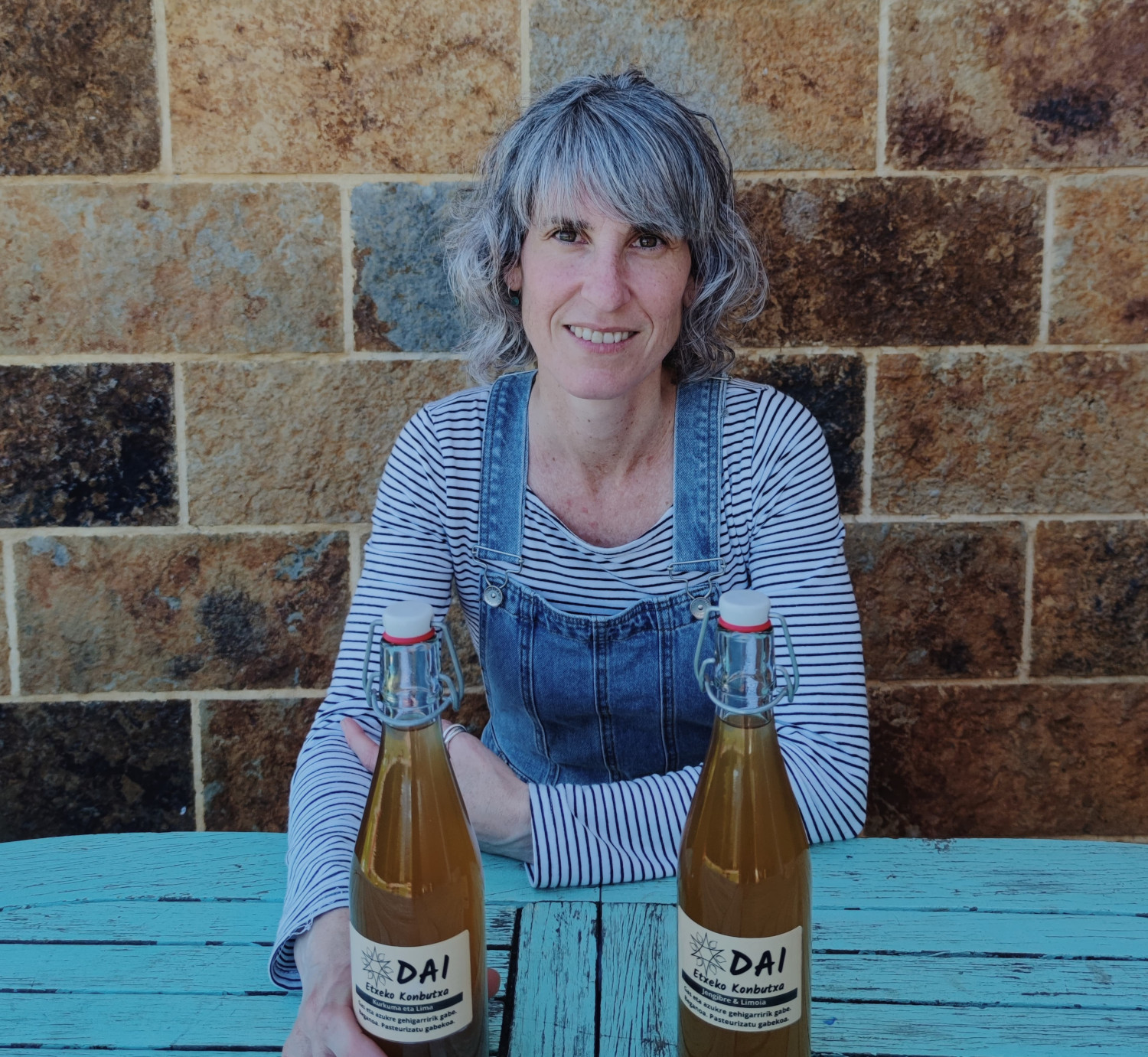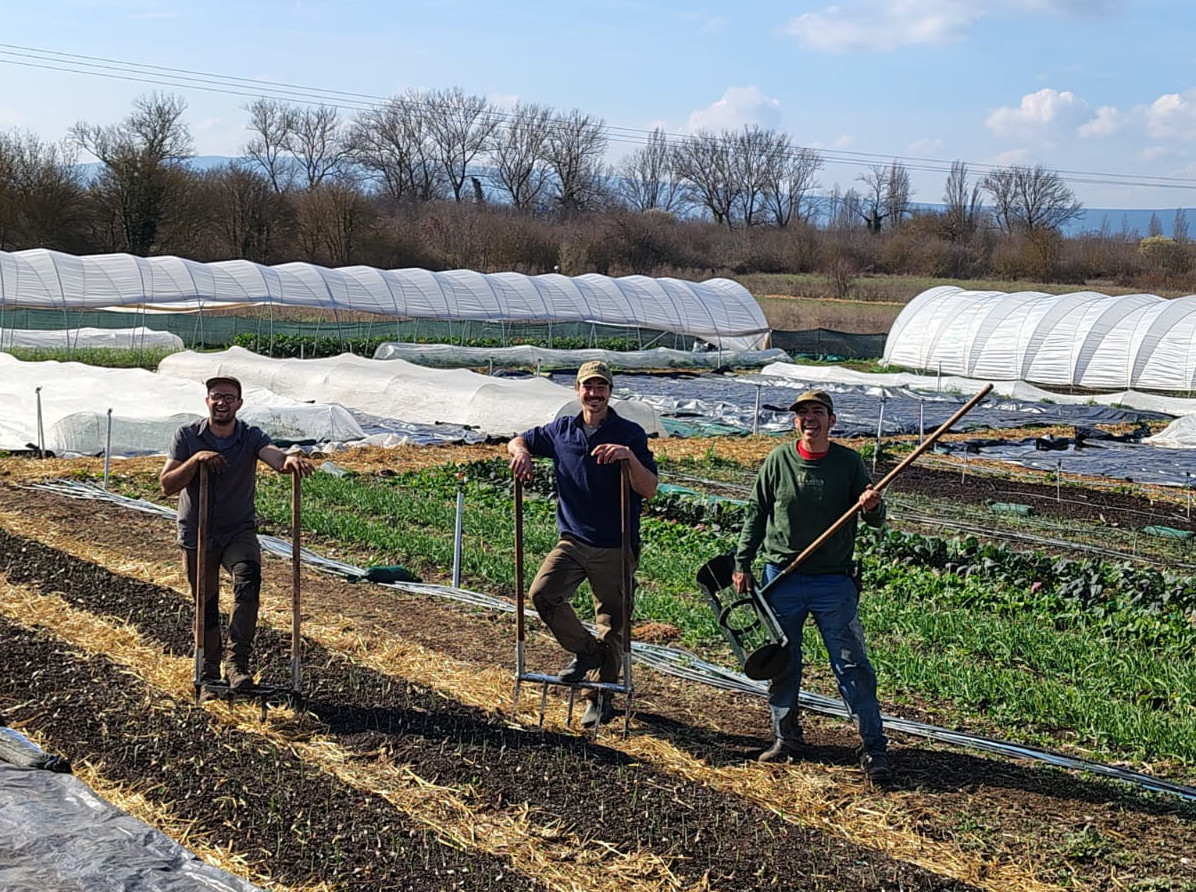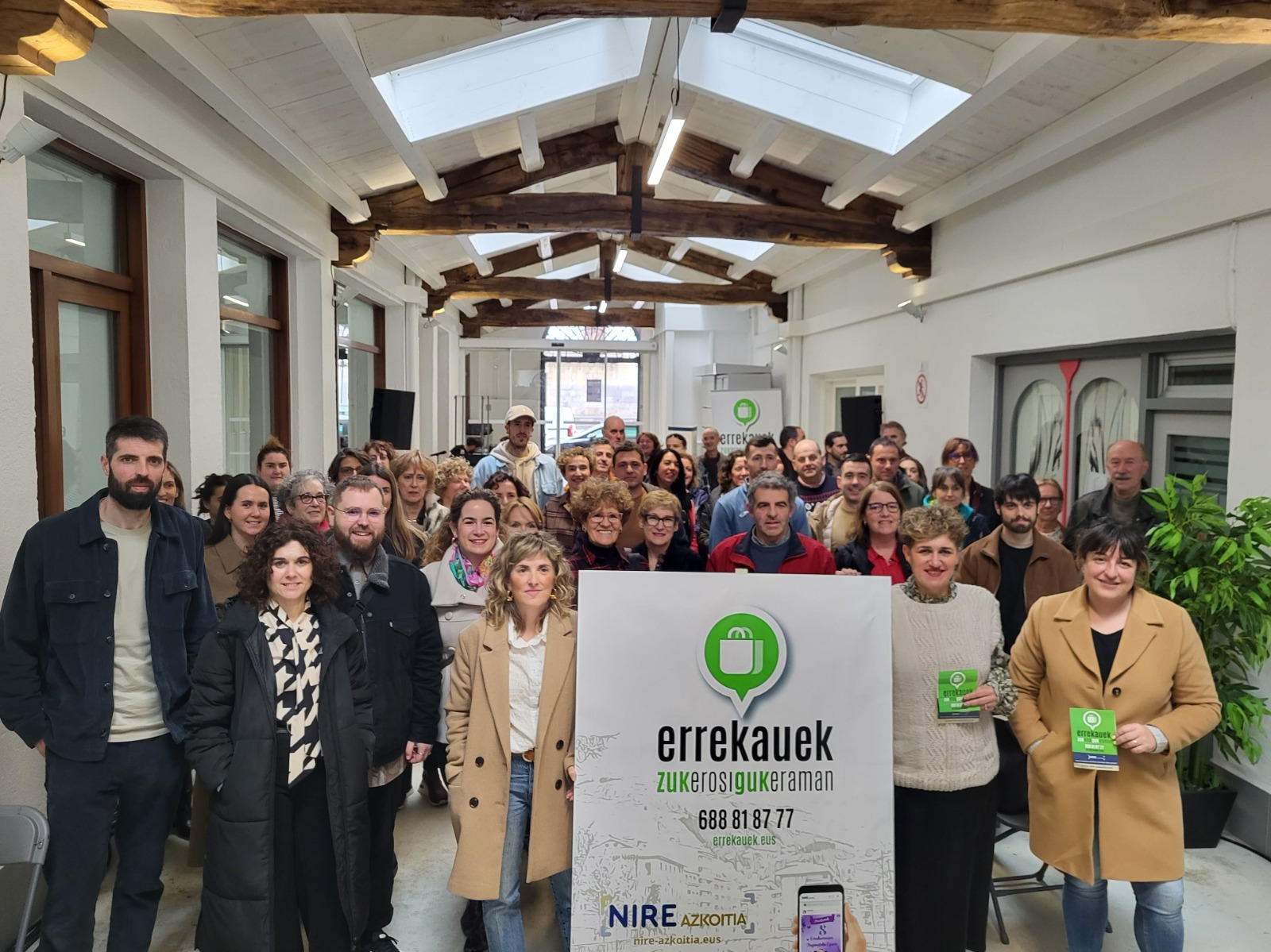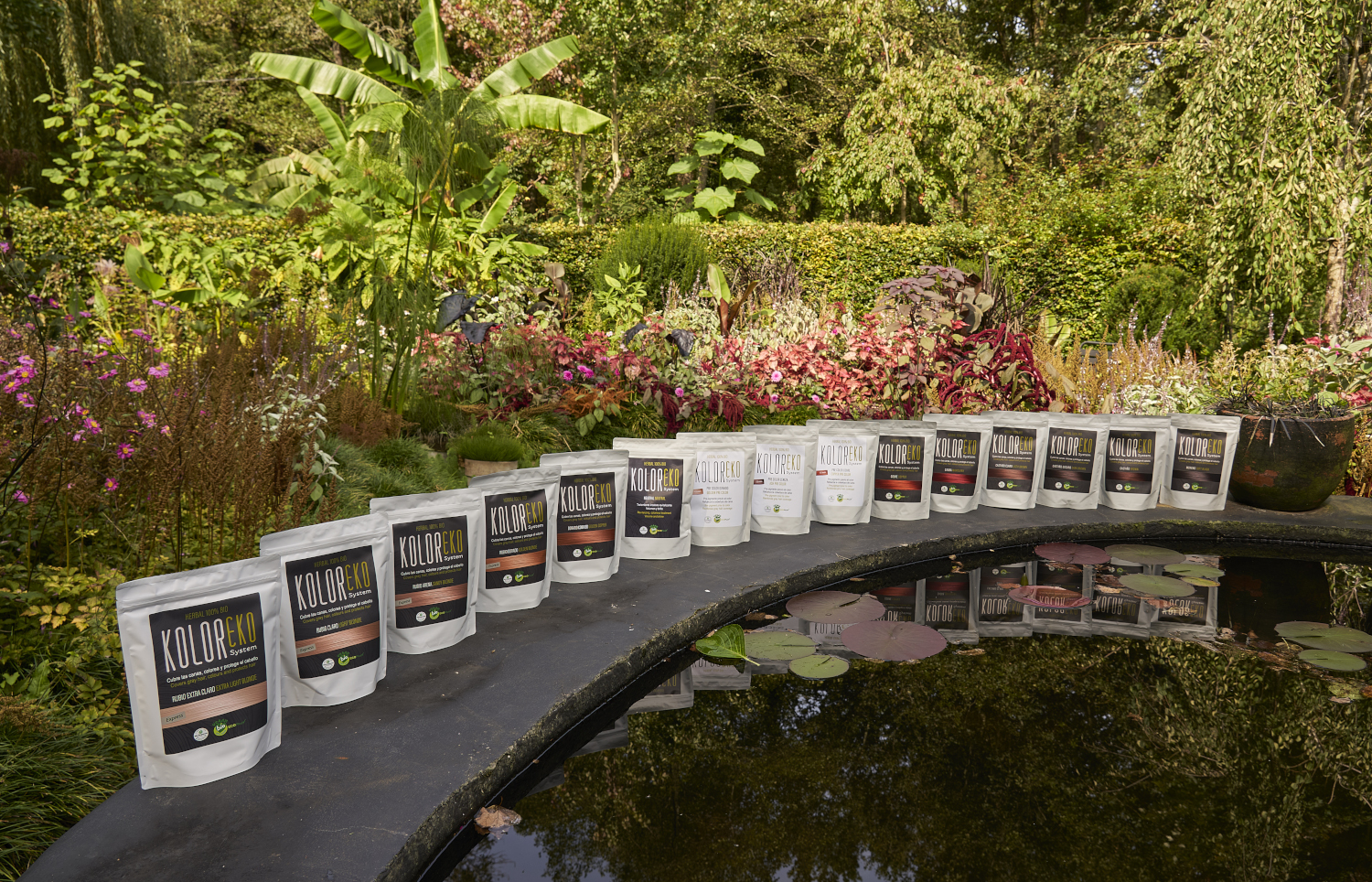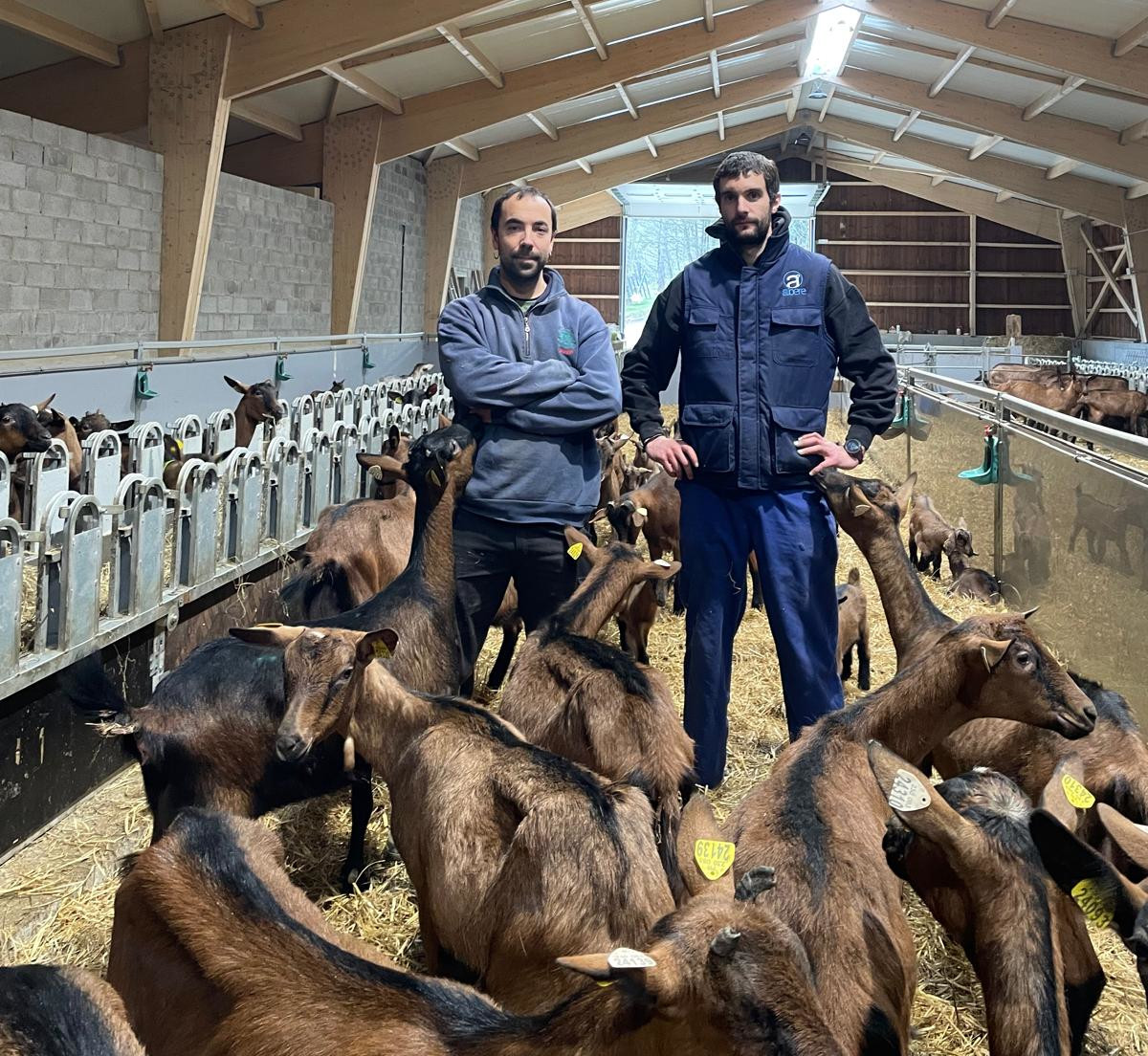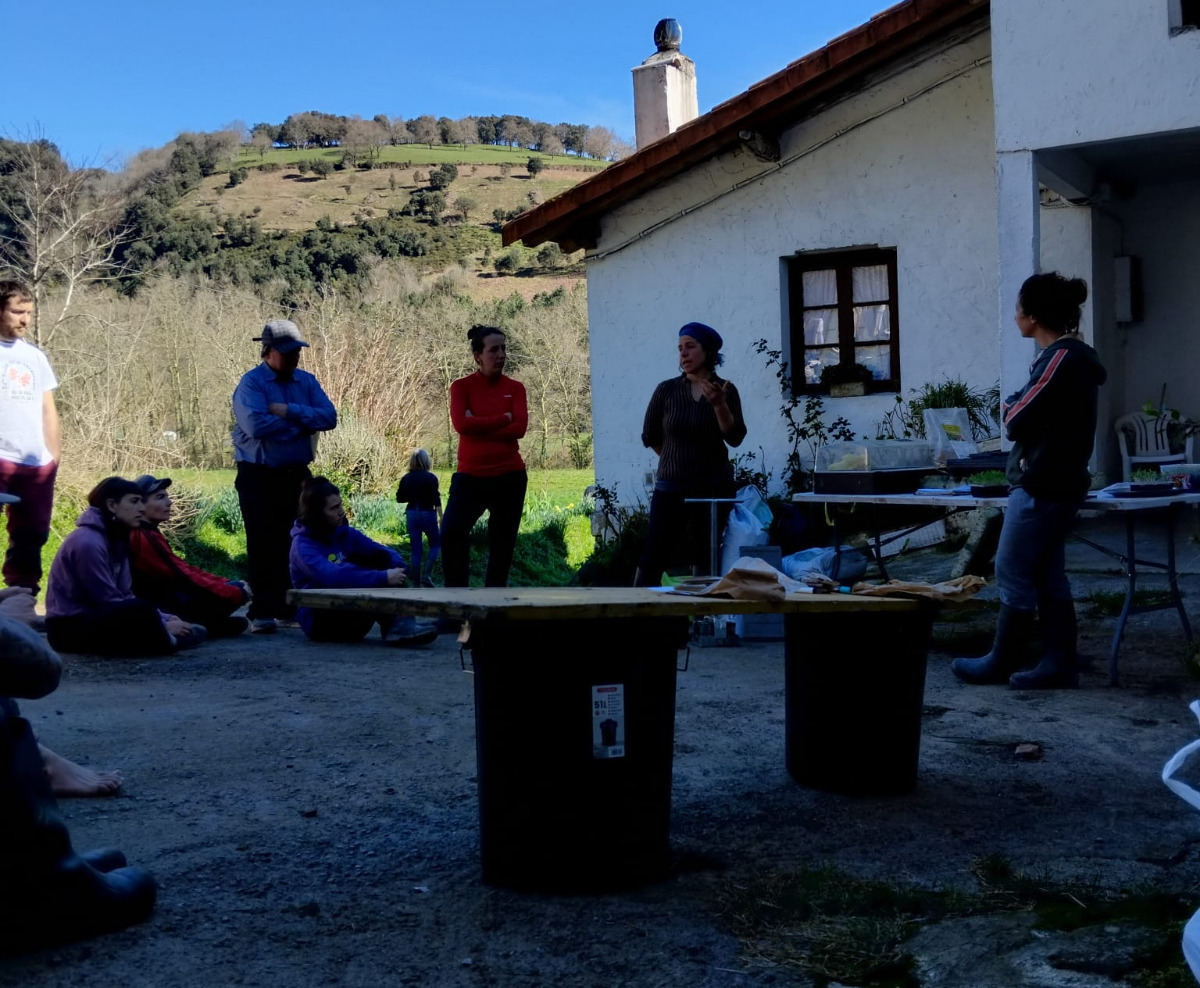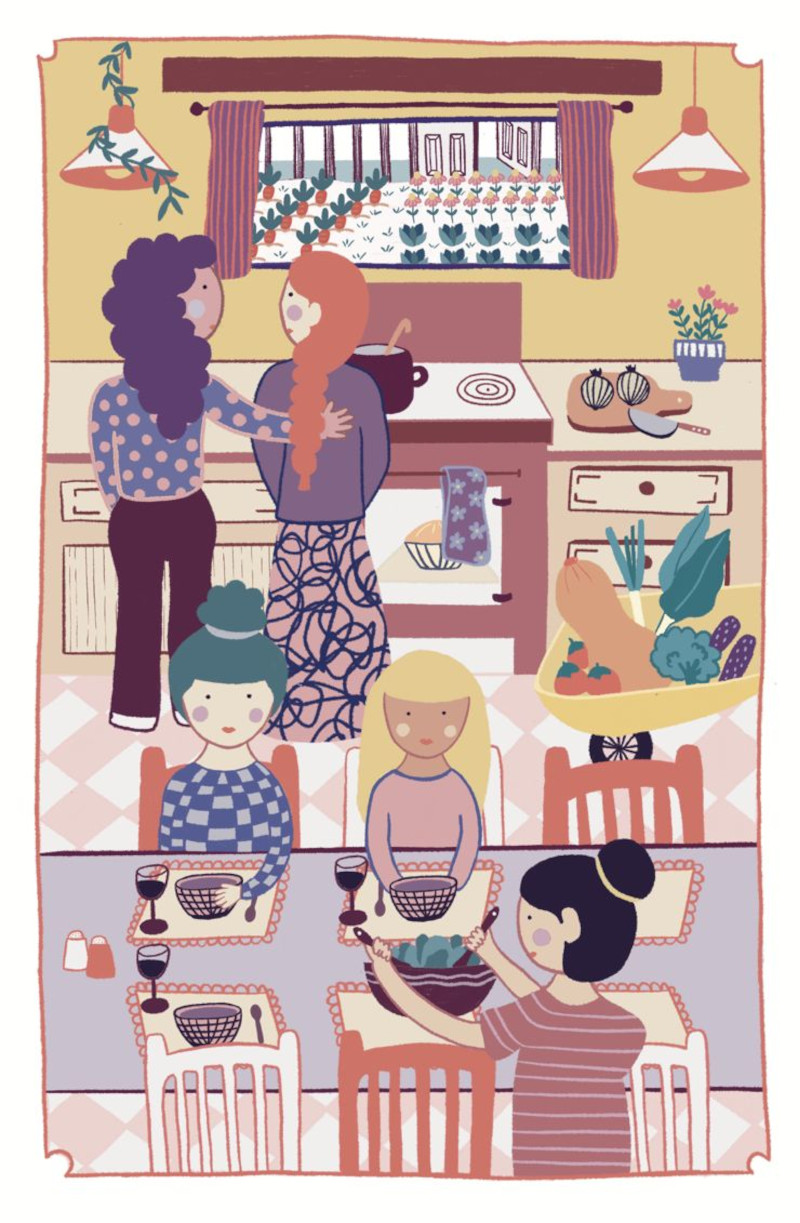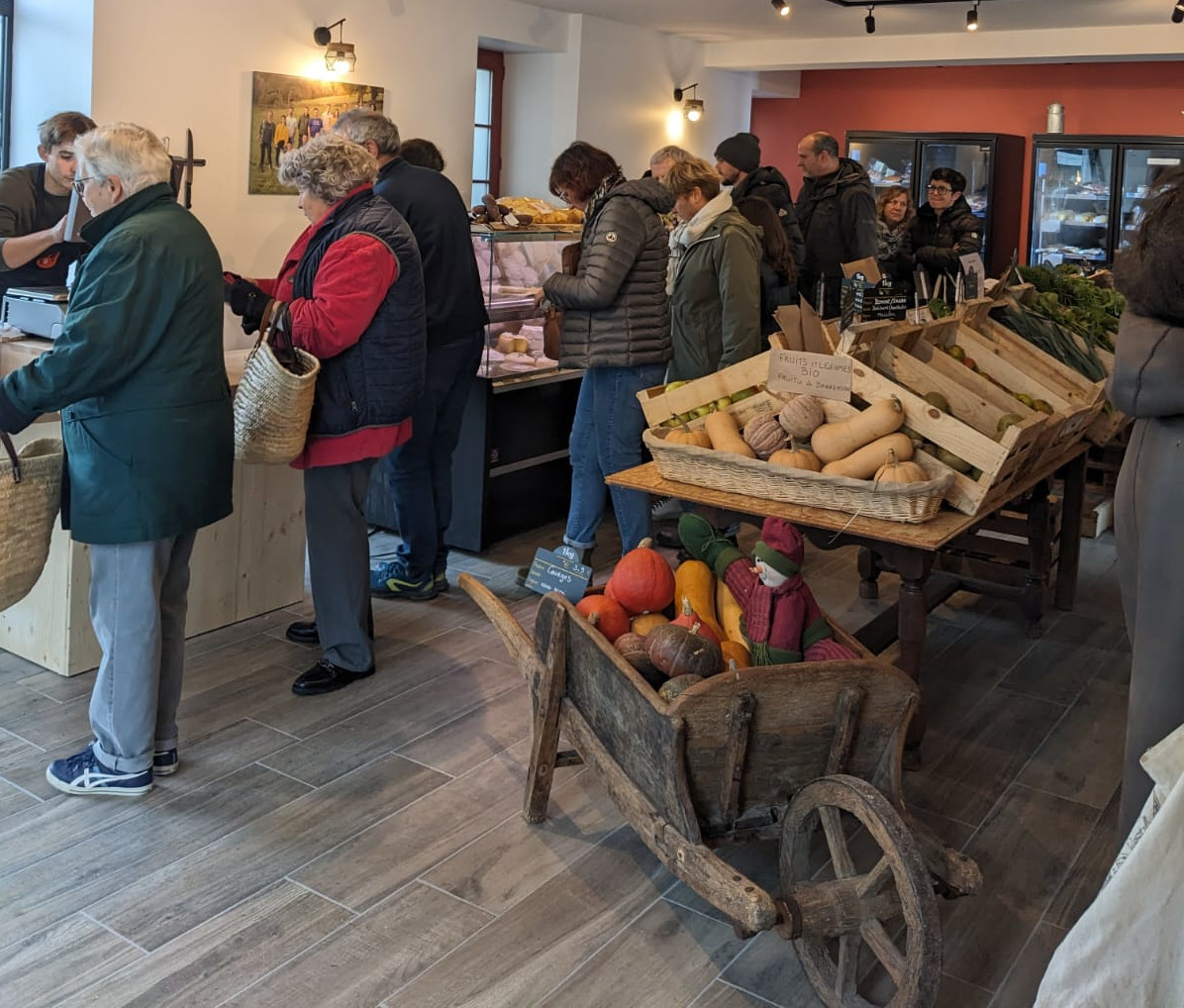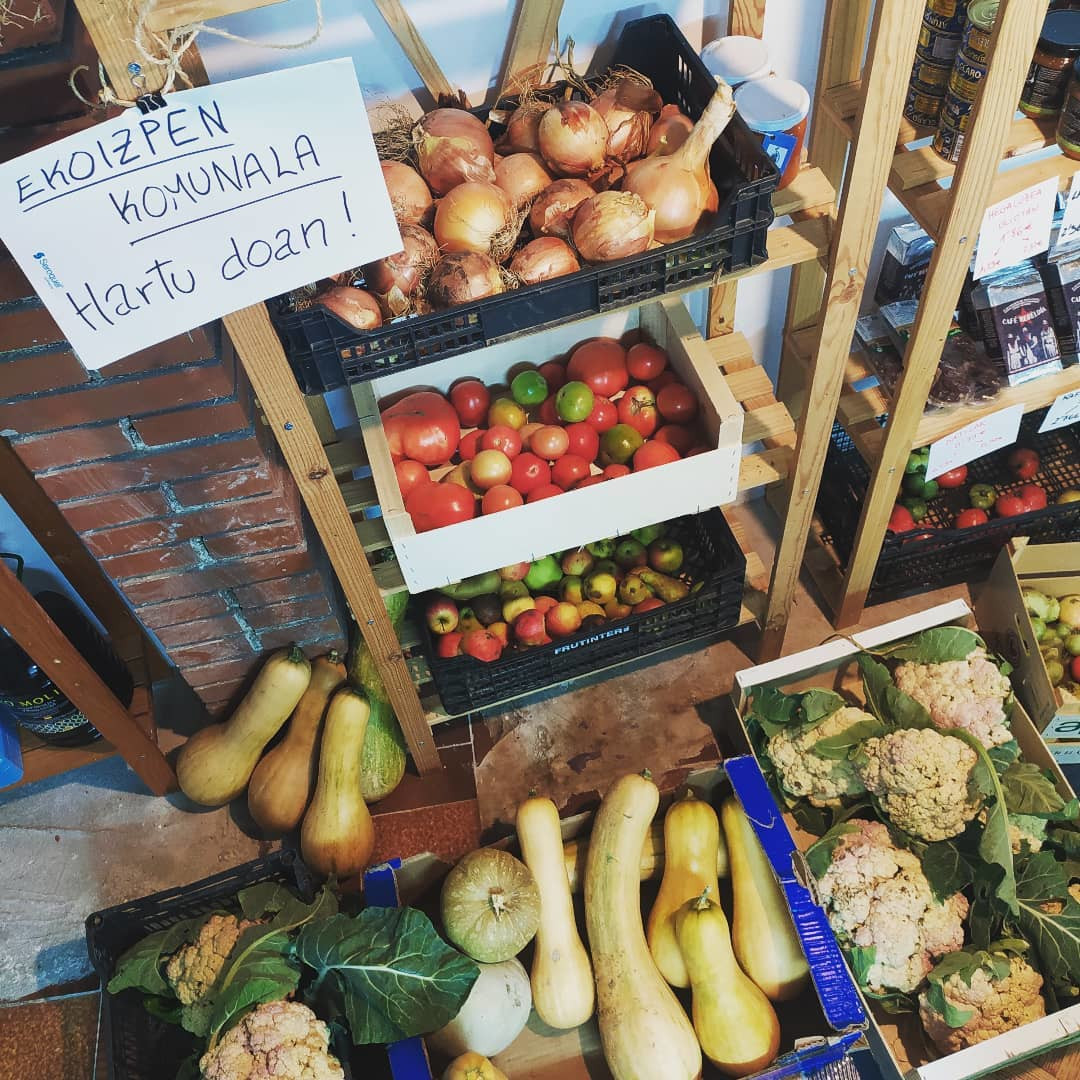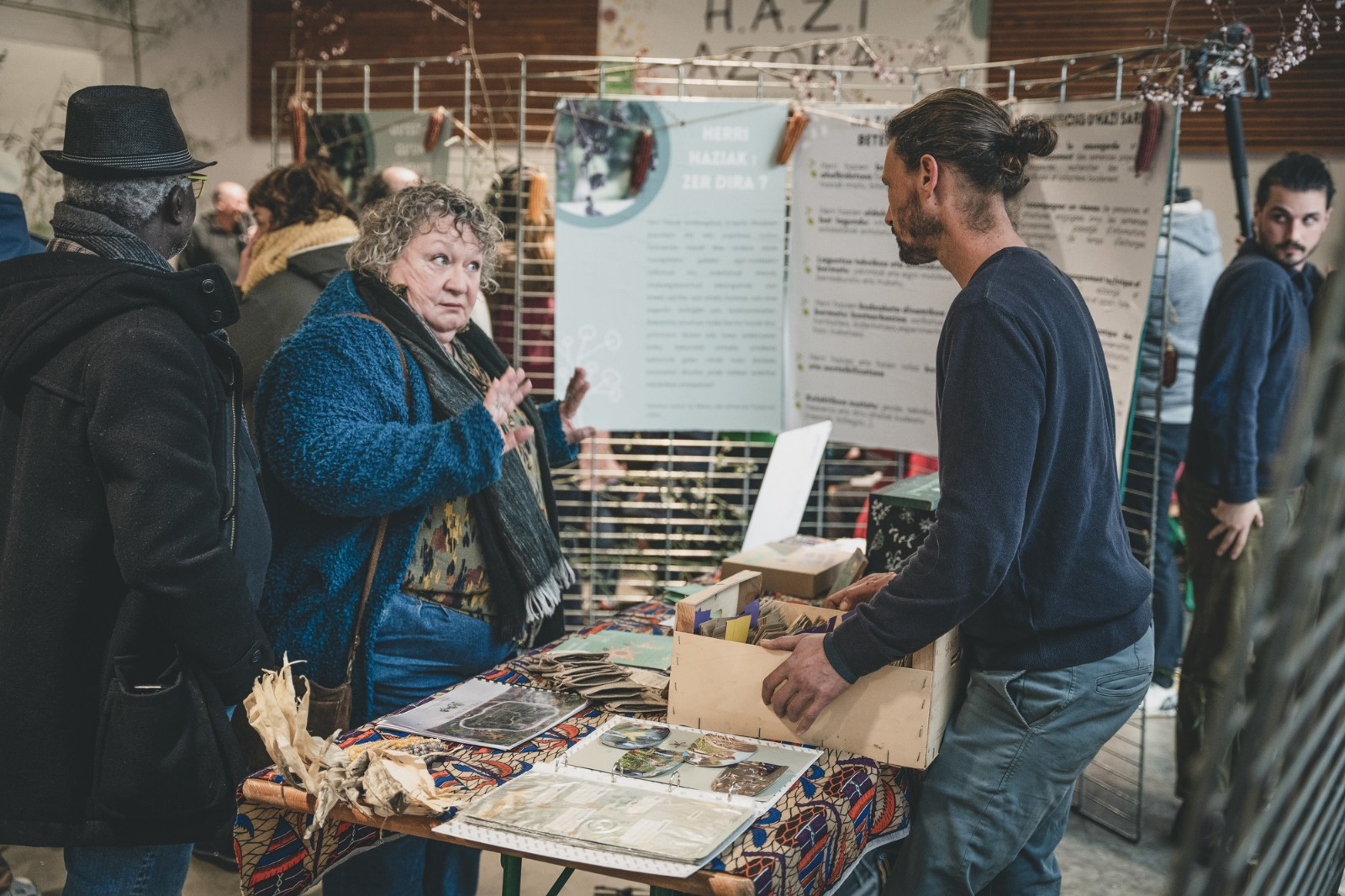A very special day that brought together land and culture in Duzunaritz
- On November 23, about 80 people from the seven territories of the Basque Country met in Duzuniz to enjoy a special day entitled "111 steps in 100 years of landscape". Organized by EHKOlektiboa, Biharko Lurra Elkartea and ARGIA, the work of the Idiartia farm, food and culture merged in the day.

It rained to songs, but the humor had been agolpated in the loft of the farm of Idiartia. After greeting, they headed in the umbrella towards the town of Duzunaritze, making a small stop to hear Jakoba Errekondo’s explanations of the landscape.
.jpg)
Curiosity arose from the different ways in which ash and oak oppose gravitational force; the Basques worshipped in ancient times trees and those that have led to Roman colonization; "the Basques saved from hunger food, avellano"; if for the Basques there is a non-blue green...
.jpg)
.jpg)
.jpg)
.jpg)
Warm broth, warm atmosphere
The hot broth was served in the loft of the Idiartia estate by EHKOlektiboa and the Society of the Earth of Tomorrow. During the course of the morning, the members of the group made a real spark and regained strength and went after Jon Harlouchet to get to know the property.
.jpg)
.jpg)
Amphitheater of straw, roof wheel crane, red corn and mill...
They looked with complacent awe when, for the first time, they found themselves sitting in an amphitheater of thatched ends. The parents and children of Harlouchet offered a beautiful speech telling the story of the estate, from time to time the young grandchildren "that's true." As for Miguel Strogoff's responsibility, it seemed to me that Nadia had been wrong. The father began producing organic milk in 1975 and his son thanked him that "many times that is the problem, because the people who today take the march of the farms want to give way to the ecological, but the previous ones do not allow it".
.jpg)
.jpg)
.jpg)
Jon Harlouchet explained the improvements he had made on the farm, to sow and preserve the herb without plastic: a hole of grass that enters the wind below and leaves above. It transports the wet grass to the pit with a crane that is attached to the roof, and from here to make rope shafts to the warehouse. It also opens the cows with the crane arm. But most of the months of the year, the 40 heads are kept grazing in the prairies.
.jpg)
He explained that dairy products began to be produced, since the production of raw material (milk) is a high cost and their production is much lower in proportion, while in the price there is a greater margin in processed issues. He explained that whole milk is sold directly, and that his mother, almost 80 years old, continues to distribute through the houses throughout her life.
.jpg)
.jpg)
He explains that the creation of the Arto Gorriak association was a way of confronting the seed producers’ industry: "I started to sow ecological maize, but it hurt me that those large GM houses had to be bought for organic farming. Only five or six houses in the world sell all the seeds and sell everything: poor GM seeds, pesticides and herbicides to treat them, and if the disease goes to the pharmacy, drugs are also sold." Several farmers have been involved in the recovery and exchange of maize seeds in recent years. For example, they have been able to continue sowing a variety of Luzaide before losing it, as the adult farmer who sowed this maize ceased to do so the year following the planting of Harloucheti. Thus said Idiartia’s labrador: "Human beings have been picking up seeds for 9,000 years, and in the last 70 years we have almost completely disrupted all that knowledge of the centuries. Knowing that a variety of proudly packed corn has been saved our day to day."
He then showed the mill where the corn was molten, and explained that the polenta and the city of corn are taken from it.
.jpg)
Festive atmosphere in the food
Tomorrow’s Earth Society had a good meal ready and was taken to the table with the friends of EHKOlektiboa. The diners were also able to taste on the plate the polenta they saw recently.
.jpg)
.jpg)
The desk was satisfied. Subai hill divided and sang the bertso-paperaren Mendeurrena of ARGIA, as it started the year 100 in Iruñea a few months earlier to end in Duzunaritz.

After eating the book 111 of leaves and leaves was presented
Then, Subai Hill made a work proposal with a lot of humor, presenting the book of 111 sheets and pages that ARGIA has just published, in which he had somehow gone to "talk about his book." The presentation was seriously performed by Jakoba Errekondo, who explained how in this book 22 personalities from different areas of Euskal Herria have performed the screening work to choose 111 of the 1,111 articles published by Errekondo in the weekly ARGIA.
.jpg)
It was Pantxika Maitia, Itxaro Borda and Subai Hill, belonging to the 22 selectors of the book Jarrai, who spoke among them about the virtues of the articles of Errekondo that the book gathers. For example, Borda commented that Pantxika Maitia and she were born in the farmhouse but have gone to the city, and how many thousands of Basques have not travelled the same way with them, therefore, this book constitutes the nexus, the nexus, the nexus, of that land felt within those people of citizenship. Maitia explained that it has cost him to read 50 articles and choose five, choose 20 at first reading, but that it cost him to reach five of them, "to the point of staying eager to read more after those 50 articles."

Colina made fun of the listeners "I don't come from the rural world, I'm from the street, I wasn't predestined to be a lover of Errekondo's articles, but in ARGIA I read an article, the next week another, and I have to confess, well, I like it." Maitia asked him about the language, and Colina answered that he is an addict or "sick" of the language and that he appreciates the exact writing of Errekondo, that when reading the text it is noted that the author has chosen each word, taking into account the singular meaning, connotation, etc. of each word.
Projection and farewell of "The Future of Clay"
In the afternoon, Itxaro Borda read her text and Ibon RG helped her improvise the special moments. The show led viewers to live the world's apocalypse of climate change. It darkened the atmosphere and increased the tension that had occurred when placing the loft in the dark, with the door cerrada.Al are from acid and constant rain, Borda and RG led the audience to imagine the red of the situation in which people only ate mud. The action had a very appropriate approach for the viewer: What will the climate emergency bring? What to do in the face of the apocalypse? What attitudes or reactions are presented to human beings?

In the state of greatest drowning, they gave Hill the micro to do so in verse, and it sang to hope. Which the public appreciated very much.

Upcoming quotes
When the function was over, the lights went on and the door of the loft opened. Outside was still a clear day. They dismissed and embarked on the way home with the feeling of having lived a very special, unique day that will not be repeated. What day is there from morning to night to live so many things and so many different things, to eat in a large wooden chamber of a farm with 80 people from different corners of the Basque Country?

The next meeting of the events of the ARGIA Centennial will be at the Durango Fair, at the round tables of the Plaza de la Reflexion. In doing so, the draft independent communication will put an end to this year’s chain of actions.
But EHKOlektiboa will continue to organize Baserriko Uzta, so it will be the Etxalde ganbara that will open up to neighbors and neighbors who want to enjoy good food.
Duela lau urte abiatu zuten Azpeitian Enkarguk proiektua, Udalaren, Urkome Landa Garapen Elkartearen eta Azpeitiako eta Gipuzkoako merkatari txikien elkarteen artean. “Orain proiektua bigarren fasera eraman dugu, eta Azkoitian sortu dugu antzeko egitasmoa, bere izenarekin:... [+]
Donostiako Amara auzoko Izko ileapaindegi ekologikoak 40 urte bete berri ditu. Familia-enpresa txikia da, eta hasieratik izan zuten sortzaileek ile-apainketan erabiltzen ziren produktuekiko kezka. “Erabiltzaileen azalarentzat oso bortzitzak dira produktu gehienak, baina... [+]
Ubidekoak (Bizkaia) dira Imanol Iturriotz eta Aritz Bengoa gazteak. “Lagunak gara txikitatik, eta beti izan dugu buruan abeltzaintza proiektu bat martxan jartzeko ideia”, azaldu du Iturriotzek. Nekazaritzari lotutako ikasketak izan ez arren, baserri munduarekin eta... [+]
Iruñean bizi ziren Iñaki Zoko Lamarka eta Andoni Arizkuren Eseberri gazteak, baina familiaren herriarekin, Otsagabiarekin, lotura estua zuten biek betidanik. “Lehen, asteburuetan eta udan etortzen ginen eta duela urte batzuk bizitzera etorri ginen”, dio... [+]
Gipuzkoako hamaika txokotatik gerturatutako hamarka lagun elkartu ziren otsailaren 23an Amillubiko lehen auzo(p)lanera. Biolur elkarteak bultzatutako proiektu kolektiboa da Amillubi, agroekologian sakontzeko eta Gipuzkoako etorkizuneko elikadura erronkei heltzeko asmoz Zestoako... [+]
Emakume bakoitzaren errelatotik abiatuta, lurrari eta elikadurari buruzko jakituria kolektibizatu eta sukaldeko iruditegia irauli nahi ditu Ziminttere proiektuak, mahai baten bueltan, sukaldean bertan eta elikagaiak eskutan darabiltzaten bitartean.









